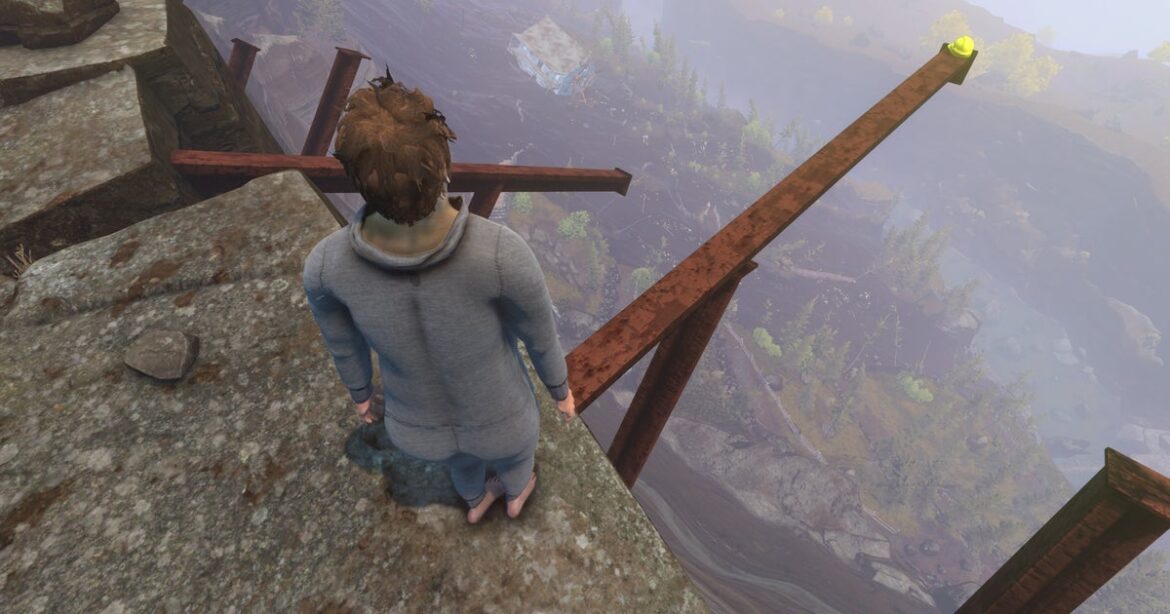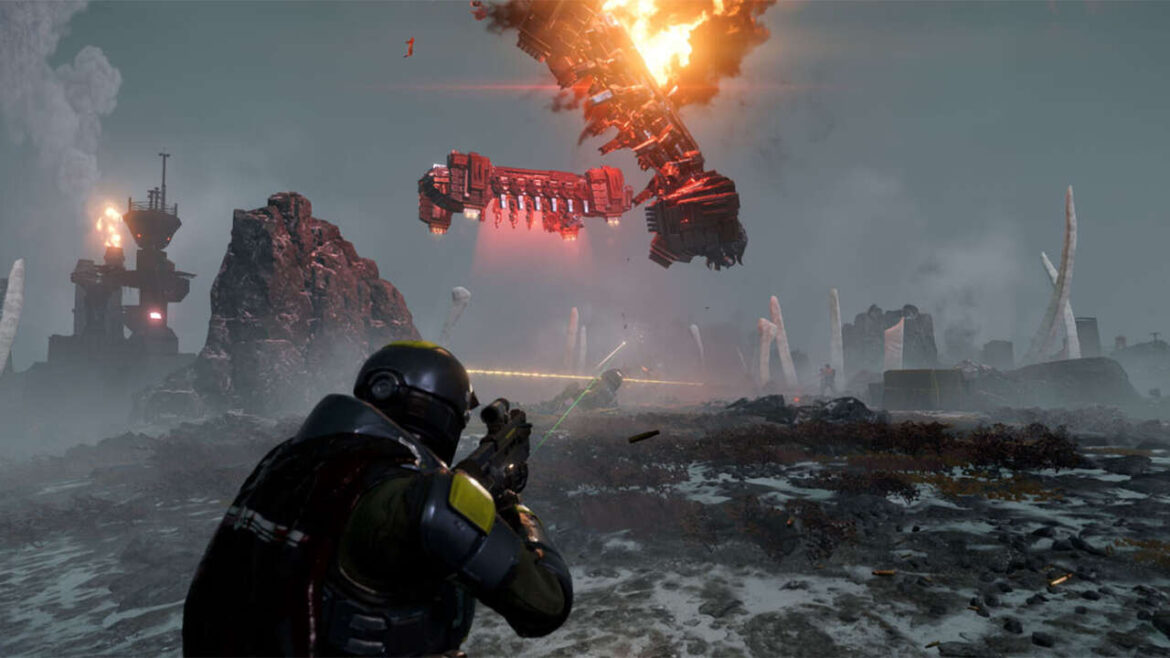Skateboarding games are a hell of a good time and EA’s recent skate, the free-to-play title aiming to reboot EA’s once-cherished series, is trying to lure folks back into the thrills of digital ollies and kickflips. And because it’s a free-to-play game from a AAA publisher in 2025, it’s got microtransactions and seasons and all that stuff. While we mostly tolerate this silliness in games nowadays, some stuff is just too expensive and too ugly to pass without comment.
Instead of throwing money at the screen for a skin of space zombie-stomper Isaac Clarke from Dead Space, fans of skate have taken to the internet to throw shade at the developers for selling such an ugly version of Clarke for $35 bucks (h/t comrade Pitts at GameSpot). That’s like, a whole meal at Taco Bell these days (with maybe a drink if you’re lucky). It’s also the price of many full, complete games you can play from start to finish. That’s probably what’s left folks so sore: skate. Is the type of game you could once plunk down a moderate sum for and be done with it, but is now yet another nagging wallet leech trying to bank on your nostalgia.
You can buy 3 Dead Sapce games with that money (and probably 3 Skate games)
— Diogo Rodrigues (@Rodrigues_520) October 7, 2025
The situation reminds us just how far we’ve come from an era of gaming that felt more respectful of our time and money. One fan over on r/SkateEA points out that 2010’s Skate 3 had an Isaac Clarke skin–but it was free and seemed more faithful to the character’s appearance in the original game.
It’s a real shame as skate looks like a good time otherwise, full of all of the crazy stuff we’ll never be able to do in real life on a skateboard.
And as another fan on Reddit opines, the game’s battle pass (skate pass?) just contains “ugly accessories and clothing along with phoned in feeling graphics for decks” instead of stuff from actual skate brands. And if ever there was an industry that was ripe for having its aesthetics cut up and sold in little bits, it’s the skateboard industry. With its various legendary designs, from the epic birds of Birdhouse Skateboards to the gorgeous artwork found on your average Element board (which used to my brand of choice back in the day), there’s a ton of cool designs that could be packaged into the game as a fitting tribute to the industry. I’d still be annoyed if those cost $35 a piece, but at least they’d feel a little more relevant.
C’mon, EA.










